How do we begin to tackle the ‘topic’ of climate change and our relationship to the environment? And can art actually do anything to effect change in a functional way? When researching ecology-based residencies around the world, AQNB noticed a common thread running through most of these types of programmes. That is, an interest in interdisciplinary exchange, and a philosophy in favour of bringing a range of fields together; from art, science, indigenous knowledge and activism, to community, law and much more.
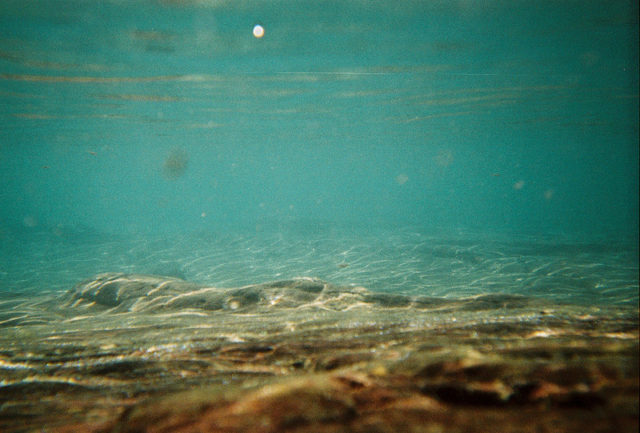
You might think of ecology as being something strictly environmental, defined in the dictionary as being “a branch of biology that deals with the relations of organisms to one another and to their physical surroundings.” However, the study of interaction between living things on earth can be translated to almost any form of entanglement between networks of life, making the synapse between disciplines a fundamental component for this area of research.
An interest in ecology from an art-based perspective — especially in collaboration with other fields — is potentially a really exciting strand for the discourse of sustainability. And one that hopefully is not just an appropriation of ‘nature’ for the means and gains of ones practice, but rather an opportunity to participate in a larger ecosystem dedicated to finding solutions.
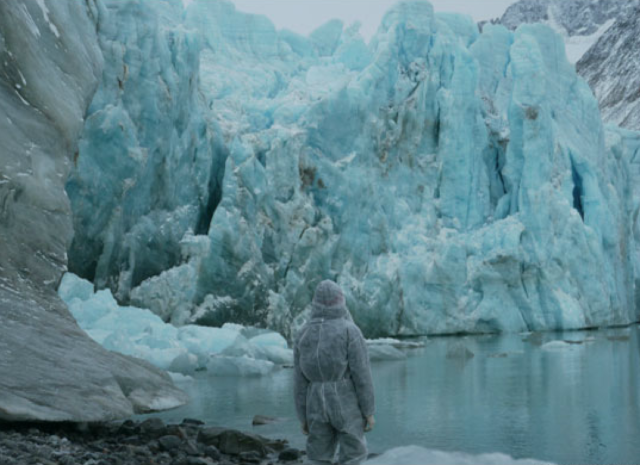
Below is a list of some great artist-residencies around the world dedicated to exploring creative growth and our place within this larger ecosystem:
This program brings together eight artist labs to “address key components of environmental sustainability through artistic work, research and debates” and is organized by Translocal Institute, GEO AiR, the Swedish Exhibition Agency, Ujazdowski Castle, Pollinaria, Jan Van Eyck Academie and Tipping Point. The labs are nomadic, where participants respond to a specific context; it could be an expedition into the Scottish islands or a floating lab on the Danube. All are public and make a concerted effort to not only bring together artists and scientists but also policymakers and local residents.
Khoj is a Delhi-based artist-run centre and founder of South Asia Network for the Arts (SANA) that also hosts an artist residency or ‘incubation space.’ The centre provides workshops, talks, exhibitions and community gatherings for the resident, with a focus on alternative pedagogies and collaborative exchange. The program encourages conversation between “art and disciplines such as science, architecture and fashion” in an effort to engage with contemporary concerns, specifically on ecology and sustainability.
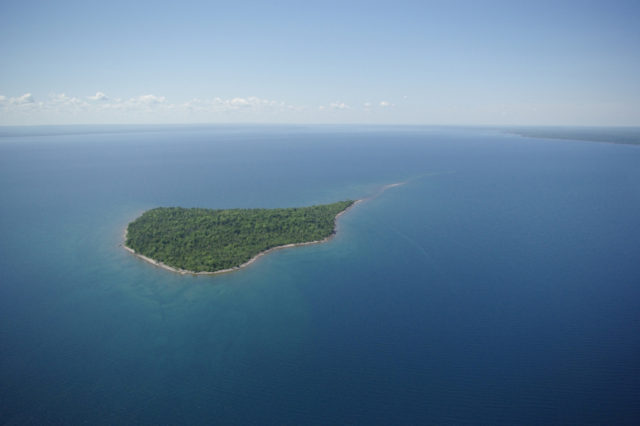
Rio de Janeiro-based art and research centre brings students, artists and researchers together to explore the intersection of sustainability, technology and social inclusion with a primary focus on the fields of “ecology and recycling, audiovisual technology and art.” The mission is around exchange and interaction, especially within the surrounding community to foster social mobilization and transformation.
An island in Lake Superior near Michigan’s Keweenaw Peninsula in the United States, the residency is located on a wilderness conservation area described as a “native ecosystem standing upon solid bedrock and has never before been developed or subdivided.” On the basis of preservation and recreation, Rabbit Island functions to bring people together from art and science to foster contemporary discussion around protecting the environment.
Integrating art, agriculture and ecology, this organic farm based in rural Abruzzo, Italy is a research organization that hosts artists and agriculturalists dedicated to “regeneration for the agrarian environment, a radical and composite organism designed to distill the essence of a new rural archetype.” The aim is to provide a space for an ever-evolving and dynamic cohesion between art, science and ecosystems, with an awareness of ancestral wisdom and to “safeguard the indigenous genetic resources.”

A multidisciplinary approach to contemporary art and ecology, this residency has been a five-year long project finishing in 2018, bringing together writers, artists, philosophers, scientists and other educational fields to research the entanglement of “ecological concerns and global economic and political processes.” Curator Jenni Nurmenniemi is interested in the complex and multi-layered approaches to learning, as “ecological questions cannot be considered as solely ‘environmental’.” The project is nomadic, taking place away from urban centres and in more remote, fragile ecosystems, from ancient forests to high altitudes in the mountain.
Ayatana is both an artist-run research program in Canada — as well as specializing in science and biology — where they have access to “laboratories, abandoned mines, private fossil beds, farms and wild life centers.” The Biophilia program is an immersive research residency that brings participants on outdoor field-trips in Gatineau, Quebec, and is specifically aimed at bringing together a wide range of perspectives, with ecology and plant knowledge at the core of the mission.
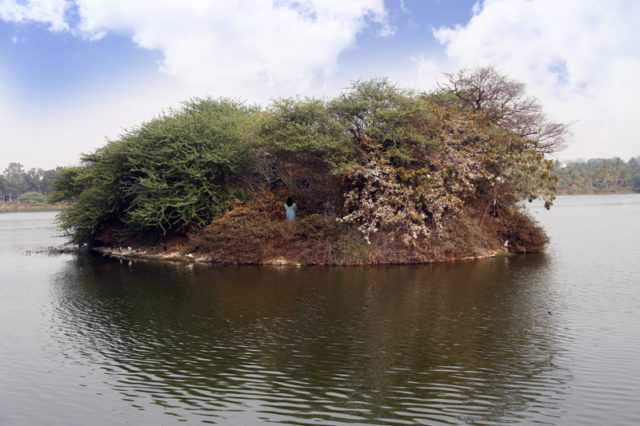
Labverde is an immersive art program in the Amazon, where ‘creators’ are given an intensive experience in the rainforest to research the intersection between art, science and the environment. The core goal of the project is to promote poetic and aesthetic conversations related to “the Amazon environmental as well as its importance for the planet’s ecological balance.” Participants stay between the scientific headquarters of Adolpho Ducke Reserve, administrated by The National Institute of Amazonian Research (INPA), as well as a regional boat called the Floating Station.
Bogong Centre for Sound Culture (BCSC)
BCSC AiR is a residency in Australia’s Alpine National Park that focuses on “acoustic ecology and environmental sustainability.” The program is open to creative researchers who work in sound and music composition and its relationship to the environment. By focusing on the impact of sustainability and energy production, as well as “the representation used to render natural and built environments,” the program also works to create a dialogue between the participants and the local community.
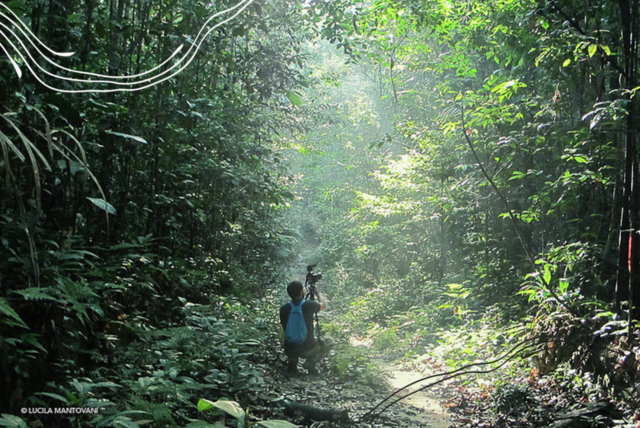
Located in Michoacán, Mexico, Guapamacátaro Art & Ecology was founded in 2006 by artist and curator Alicia Marván, who began the residency as an extension of her practice, providing a space for all disciplines including art, science, activism and education. Here, they come together and work towards ecologically and culturally-conscious projects.
The Mustarinda residency focuses specifically on post-fossil fuel experiments and is located in Hyrynsalmi, Finland. Set up in 2009, it is run by artists and researchers whose attempts at environmentally-friendly living is supported by the materials used. The program is non-profit and relies on exchange and volunteer of services.
The Arctic Circle Residency, or expedition, is an “incubator for thought and experimentation” that brings together a wide variety of disciplines for cross-exchange to spend time on a sailing vessel through the arctic. The program is a platform for the intersection of art, activism, architecture and education, with a strong focus on think-tank collaboration.**













